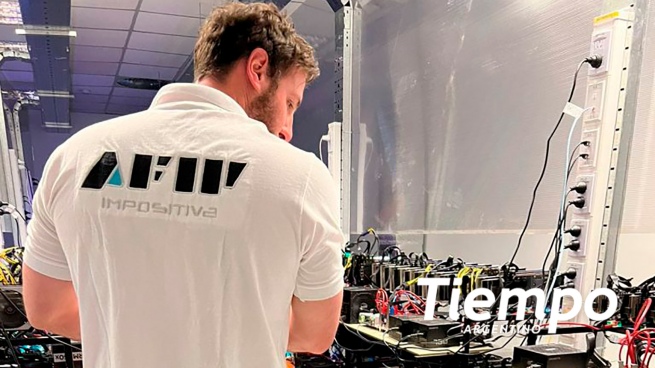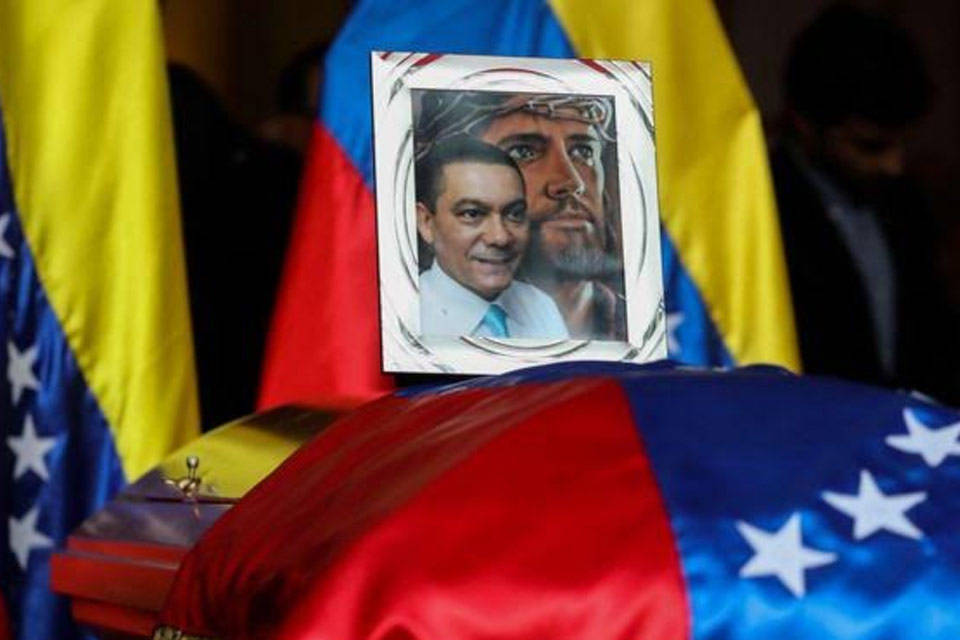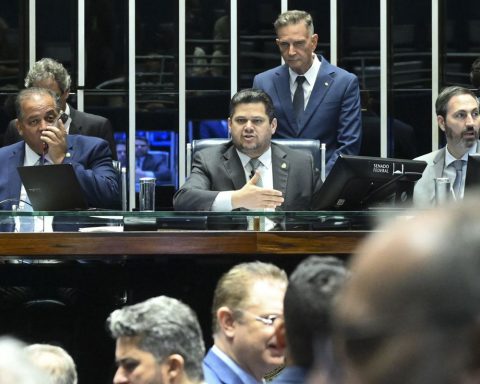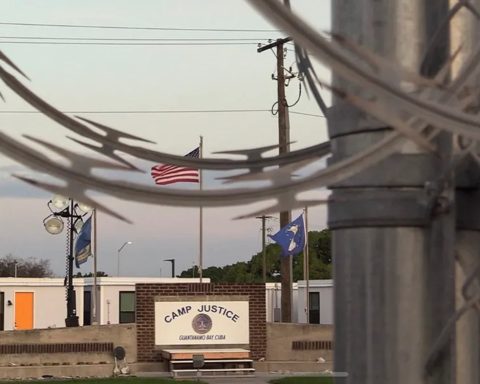The usual practices (crimes) of entrepreneurs or owners of commercial activities in Argentina – having employees in the black, smuggling merchandise, providing a service that does not match the declared – already occur in a new area: cryptocurrency mining farms. A phenomenon that, in the words of the collection agents themselves, became the new risk matrix of the National Treasury.
In the last month, the Federal Administration of Public Revenues (AFIP) carried out the first operations in clandestine cryptocurrency farms in its entire history. The inaugural raid occurred in the city of San Juan, when inspectors discovered hidden mining equipment inside a chamber equipped for fruit refrigeration, or at least that was what it pretended to be. The evader also found a virtual wallet for the sale of virtual currencies. Later, procedures followed in clandestine farms in Córdoba and Esperanza, in Santa Fe. But what is this illegal activity that is spreading throughout the country about?
“Mining is the name given to the activity of validating transactions of different cryptocurrencies, and it basically consists of solving a hyper-complex mathematical puzzle that can only be done through iteration and computational force. The miner who first answers that riddle gets the cryptocurrency in question as a reward,” explains Ignacio Carballo, professor, researcher and head of crypto & alternative finance at Americas Market Intelligence.
“This activity – he continues – consumes a lot of energy resources because as more power is added to the network and more powerful computers enter, the puzzle becomes more complex. The more difficult the puzzle, the more energy is needed.
This exaggerated electrical consumption is, precisely, one of the strongest traces that leads investigators to detect illegal activity. “This is how an information crosscheck begins with the databases and, for example, it may turn out that in recent months the same person has imported some of the hardware that is usually used for cryptocurrency mining. With these data, it is already valid to proceed with the control in the place, ”explains an experienced agent.
boom
As the “crypto” phenomenon evolved and the market became more competitive, the farm became a trend. «It can be a hangar, a local or a shed full of computers that are mining 24 by 7 by 365, that is, they are participating in a network to solve this mathematical puzzle. Since there are farms today, neither you nor I can compete against that computational force through our computers. What can we do?: join a mining pool. In short, what is sought is to assemble sets of computers that generate profits with cryptocurrencies, providing strength to the network and validation,” says Carballo.
In Argentina it is not an illegal business for the simple reason that it is not subject to any regulations. The crime is committed when servers and all mining hardware are used in a declared establishment for another activity: a screen. “Cryptocurrency mining is an economic activity like any other. Someone might say they didn’t know it was illegal to mine them in the garage and I might believe it. What is not acceptable is entering a contraband video card, not declaring the assets you generate, having kids working in the black. Although it is a new activity, the crimes that are committed are all typified and are known. For us, a cryptocurrency farm, a convenience store or a clandestine textile workshop is the same. If we fall and find irregularities, we give intervention to justice. At the moment there have been no arrests, but there have been several criminal complaints,” the agent details.
From the AFIP they insist that since the arrival of Carlos Castagneto to the direction of the organization, “the risk matrix was modified” and the magnifying glass fell on the fashion business. “Businessmen – concludes the source – have to pay their taxes and carry out their activity legally. We do not want to imprison anyone, but to collect so that the Treasury can carry out the public policies that we need. If that were not enough, the controls on cryptocurrency farms also allow us to combat excessive electricity consumption at a time when the country needs to take care of all its resources.” «

They are already all the rage in Argentina
Crypto is a virtual currency that allows exchange and investment, through encryption and decryption of keys, without the presence of economic agents or the State or Central Banks. Their world is that of algorithms and the blockchain protocol and they capture the attention of anarcho-capitalists, libertarian tribes, lovers of “technological innovation” and orthodox “bitcoiners”.
At least with cryptocurrencies, that “the future arrived a long time ago” was fulfilled. Argentina, according to a report carried out by the American analysis company Chainalysis, has already climbed to 10th place worldwide in the adoption of virtual currencies, and it is already used even in public sectors: in August Mendoza became the first province to accept it for the tax payment.
The attraction of cryptocurrencies is due to the fact that we are a country “with a clear tendency towards overregulation, added to the restrictions imposed on transactions and investments in foreign currencies and a clear lack of investment alternatives, especially in the case of small savers” .
From an age perspective, 44% of Argentines who own cryptocurrencies are millennials (born in the 1980s), 30% belong to generation X (born between 1965 and 1980) and 23% are centennials (born between the years 1996 and 2012).
Another fact from the report is that although the greatest participation occurs in high segments (ABC1), where it reaches 40%, the adoption of cryptocurrencies “is remarkable at low levels (D), reaching around 30%”. In other words, it is no longer a rich thing.
“Generating cryptocurrencies is not illegal, what is sought is to regulate the activity”
Generating cryptocurrencies is not illegal. What is sought in Argentina is to regulate the activity, that is, to pay taxes, for example, and that in some way to be able to set up a farm, a protocol must be followed as for any activity. The issue is that the acquisition of equipment is expensive. If a monotributista buys the equipment and then obtains undeclared profits, that is where the problem lies. Everything is imported.
Farms are something that has been going on for several years. In Argentina it is a more recent way to mine crypto collaboratively and faster. Farm refers to having several video cards working simultaneously in the same place. The video cards would be like the sheep The difference with conventional mining is that here only the PC is necessary and it only gives profit according to the work of its own resource, instead the farms have a server where all the results of the processing of each card are centralized.
Farms are physical, they are facilities that must be well refrigerated. Anyone with the economic capacity to put them together can do it. The procedure of entering the business is fairly easy. But one thing is to regulate the cryptocurrency and another thing is to regulate the mining activity
Mining is the ability to generate new blocks within the Bitcoin network. In other words, the network is maintained by the new blocks, which make it secure and up-to-date. The video cards provide computing power so that the blocks are created in the shortest possible time. By inserting new blocks the network grows and provides fluctuation in the general market.
Electricity consumption is one of the variables to detect farms. If I have a bakery that spends 1,000 pesos for electricity and suddenly there is an increase of 100%, there is something strange. The bakery is declared as a bakery but the activity it does is another.
The cryptocurrency market is clearly a growing ecosystem. It is clearly based on supply and demand, beyond the specific business that can be carried out with them. In this sense, regulation plays a fundamental role, perhaps from the point of view of the control it should have so that cryptocurrencies are not used as a financing tool for possible crimes. Even the crime environment also reaches cyberspace and emphasis must be placed on this last point because cryptocurrencies provide a context of anonymity. Depending on the one used, they are difficult to trace.
To try to understand how the world of cryptocurrencies works within a research context, it is important to understand the scope of its use, to know the context of use within a given situation. For example, the use of crypto is easily usable for the crime of money laundering and/or financing of different groups, be they terrorists or any crime, and not only because of the power of anonymity but also because of the advancement of easy ways to obtain wallets makes its use possible. And because of how easy it is to set up mining centers, farms, to not only derive funds and manipulate but also to produce them, since it would be a “clean” method of generating interest, it would not go through any interest fee within the legal market. The fundamental challenge is regulation. But everything carries danger. Always remember that technology is not bad, but the intention of its use.
Jorge Martín Vila, specialist in information security and data science. Cyber IntelligenceSenior Analyst.
















